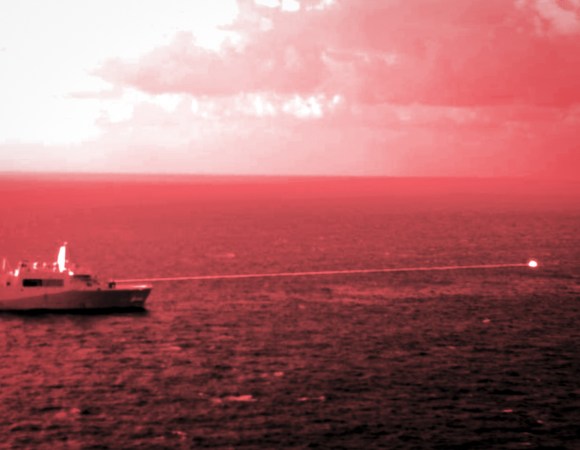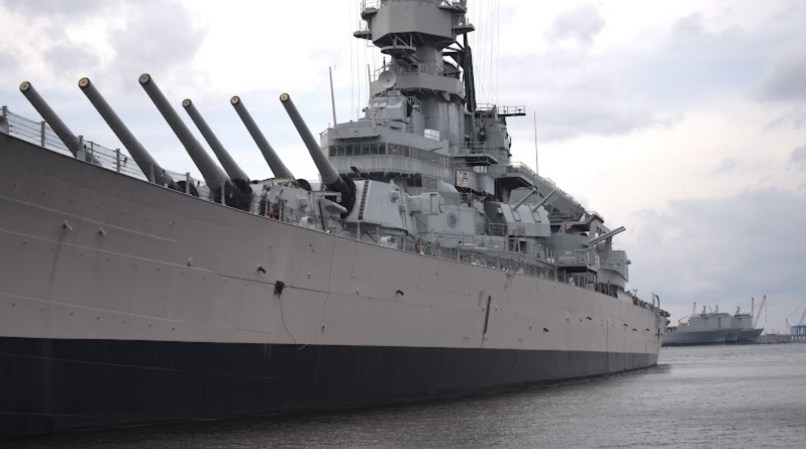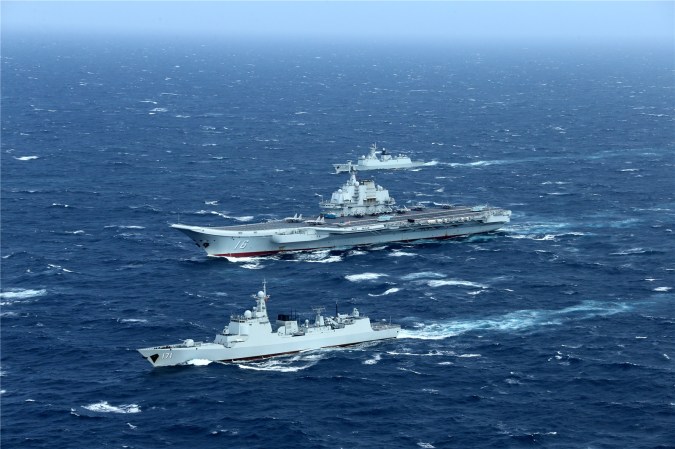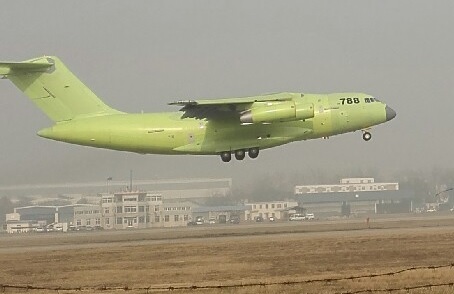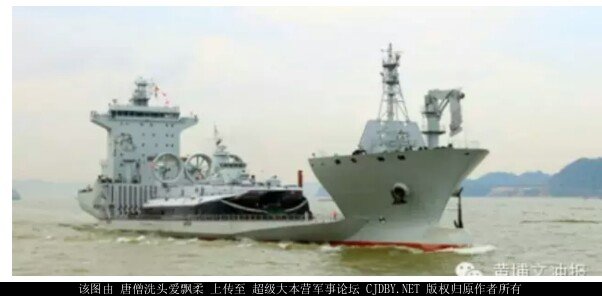

You need deep water to float a big boat. That’s why Robert Ingalls plunked his 800-acre Ingalls Shipbuilding yard on the banks of the yawning Pascagoula River, where it drains into the Gulf of Mexico, in 1938. The Mississippi facility has since birthed nearly 70 percent of the U.S. Navy’s warships. Today, its 11,000 workers cut, weld, and otherwise bang together several Navy craft at a time. Shown here is the future USS Tripoli, an amphibious assault transport whose 855-foot deck is longer than some nations’ aircraft carriers. It will be armed with attack helicopters and 1,600 Marines ready for inland strikes—all thanks to Ingalls’ orchestrated feats of manufacturing.

The operator of a magnet crane—capable of hoisting 20 tons as high as 18 feet—lifts metal plates and then lowers them onto a cutting bed. There, a plasma beam will shear panels that will become the USS Fort Lauderdale. A transport dock, the craft will be able to carry 14 amphibious vehicles, packed with Marines, letting the Navy operate with deadly force in shallow water, close to shore.

Just like Legos, ships are assembled in sections known as units. This one, seen upside down in a fabrication shed, will block off space for machinery or cargo in Fort Lauderdale’s hull. The two oval openings at the top will accommodate drive shafts that extend from the engine to the propellers. Once the unit is finished, welders such as the one working here, will fasten it into the completed hull.

Even out of the water, it’s obvious that Tripoli’s curvaceous keel—which reduces drag and increases stability— will cleave whatever is in its path. Though officially an amphibious assault ship, Tripoli doesn’t actually make its way ashore, or even carry vessels that do: It sends in Marines via chopper and V-22 Ospreys in rapid swarms for what the military calls high-tempo assault operations. For added muscle, it carries the short-takeoff, vertical- landing F35-B fighter jet—the most sophisticated ever built.

To keep Tripoli’s massive 98 million pounds—including crew, Marines, jets, helicopters, supplies, and the ship itself—in one place atop the waves, it needs anchors. Really big anchors. These two 40,000-pound mud hooks do some of the work. But it’s the matching 106,219-pound chains on which they hang (each link is the size of a human torso) that really keep the big boat from drifting. The black and white colors let sailors know how much they’ve let out. Red means you’re at the end of your chain.

The forward house on a Navy destroyer supports the bridge, where the command crew literally calls the shots. This one, in the final stages of welding, prior to being painted, will sit atop Frank E. Petersen Jr. In an aircraft-carrier group, the destroyer’s job is to guard the larger and slower-to-maneuver ship—which is basically a floating airfield for fighter jets—from deadly, small-boat attacks.

The finished forward house of the destroyer Paul Ignatius supports the mast and communications antennas (inside the bulbous fixtures at bottom). The octagonal cover shields the SPY-1 radar, which is part of the Aegis Weapon System. The Aegis can detect and track more than 100 targets, including incoming fire. It also guides the ship’s mid-air interceptor missiles and can locate enemy batteries miles away.

To get Paul Ignatius in the Pascagoula River, workers flood the dry dock, and then tugboats nudge the vessel into berth. There, plumbers and electricians will continue to outfit it. Near the end of its stay, a Navy crew will board the boat to learn how to operate it. about four to eight months later, they will sail it to its commissioning and into its (expected) 40 years of Naval service.
This article was originally published in the May/June 2017 issue of Popular Science.

